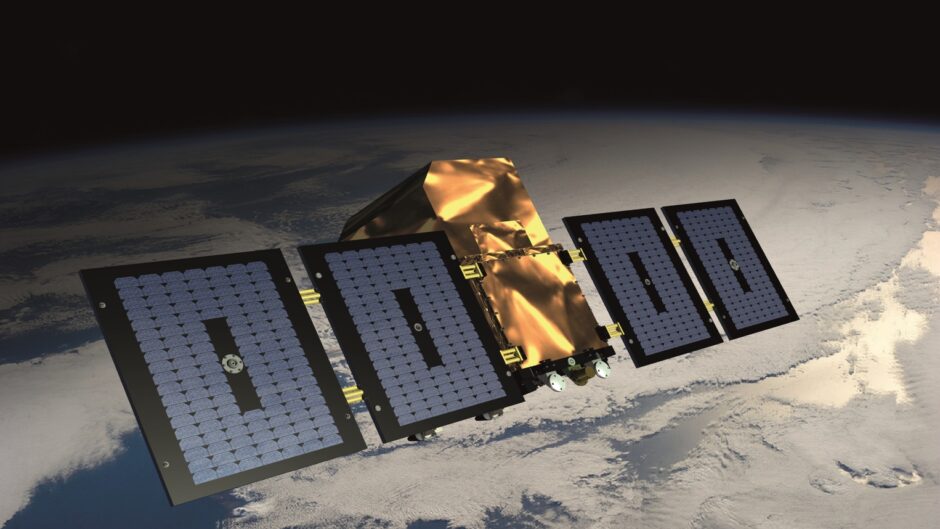Ozone
What is Ozone?
Ozone (O3) is a naturally occurring trace gas. In the Earth’s upper air (stratosphere), the ozone layer blocks harmful Ultraviolet (UV) radiation from reaching Earth. The amount of ozone in this layer directly impacts the global climate by controlling how much UV radiation reaches the surface.

In the 1980s, human-made chemicals called CFCs (chloro-fluorocarbons) and other halocarbons released chlorine and bromine into the atmosphere, which acts like a catalyst to break ozone (O3) down into oxygen (O2). This led to severe ozone depletion over Antarctica, characterised as the “hole in the ozone layer”, allowing in higher UV radiation.
The increased UV radiation from the sun reach the Earth’s surface can lead to higher rates of skin cancer, cataracts, and other health issues in humans. It can also damage crops, marine life, and ecosystems, disrupting food chains and biodiversity.
In 1985, a team of scientists from the UK found a hole in the ozone layer over Antarctica. The Montreal Protocol on Substances that Deplete the Ozone Layer followed in 1987. This landmark multilateral environmental agreement regulates the production and consumption of nearly 100 human-made chemicals referred to as ozone depleting substances. To date, the Protocol is the only UN treaty ever to have been ratified every country on Earth.
The below video shows the development of the ozone hole in 2022.
Credit: ESA
Satellites orbiting above are the only way of measuring the ozone’s recovery and change in a consistent and systematic manner. Most ozone-measuring satellites, such as the Copernicus Sentinel-5P mission, provide a value for the amount of ozone in a column – meaning the total amount of ozone in a column of air from the ground to the top of the atmosphere. In conjunction, profiles, which show concentrations at different altitudes, are also needed to gain the full picture.
The upcoming Atmospheric Limb Tracker for Investigation of the Upcoming Stratosphere (Altius) mission, set to launch in 2025, will deliver profiles of ozone and other trace gases in the upper atmosphere to support services such as weather forecasting, and to monitor long-term trends.

Links to further information:
ESA- How do satellites monitor the ozone layer?
